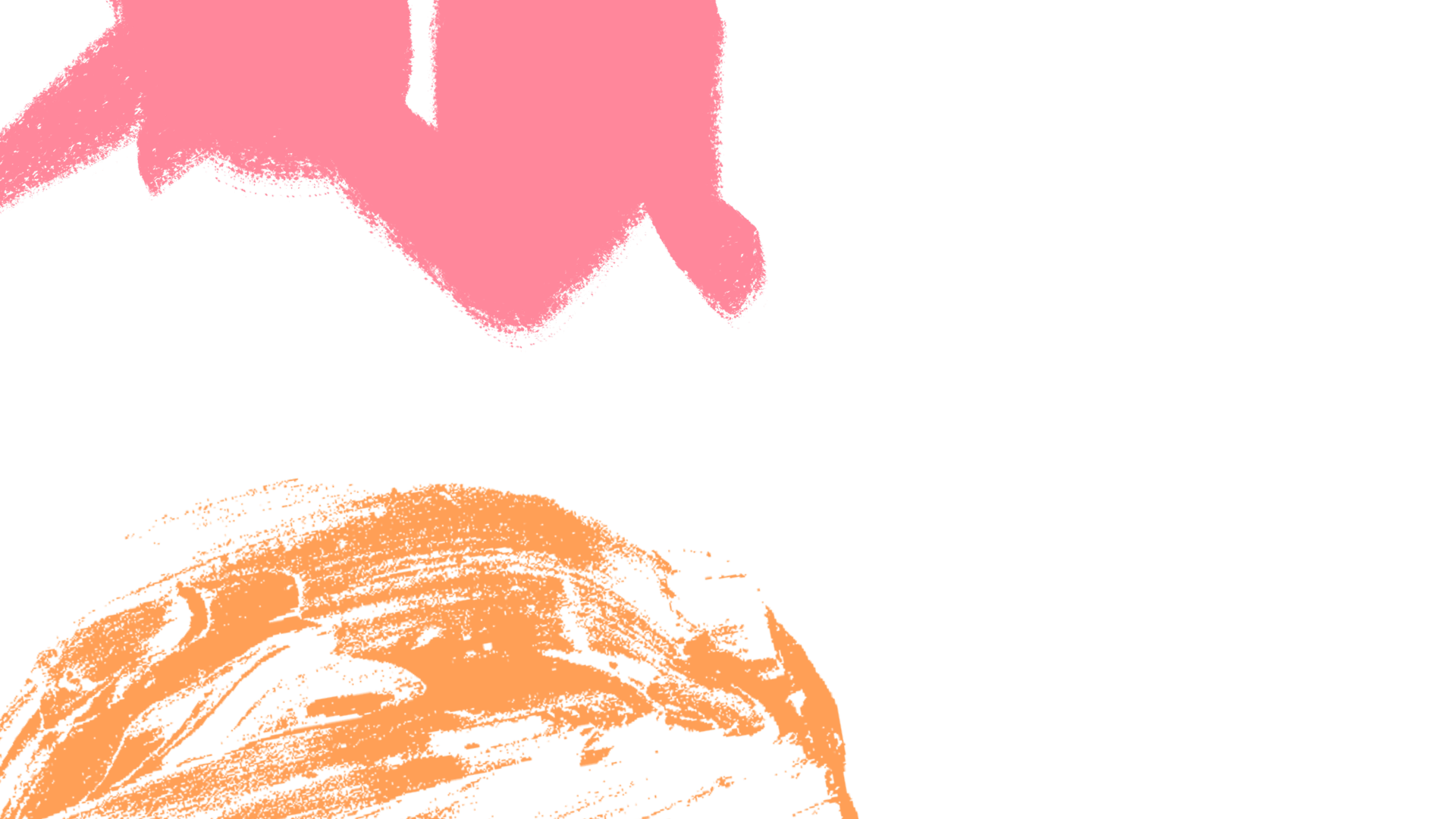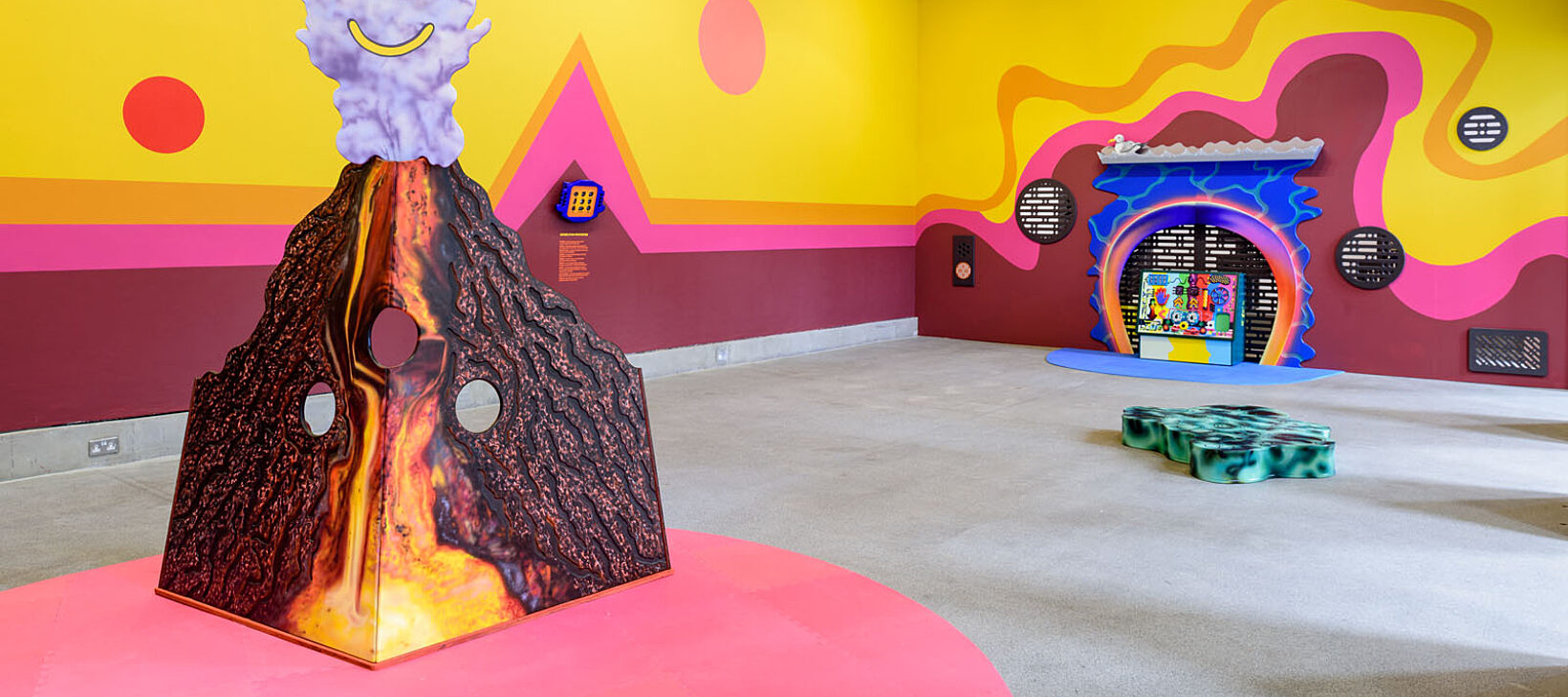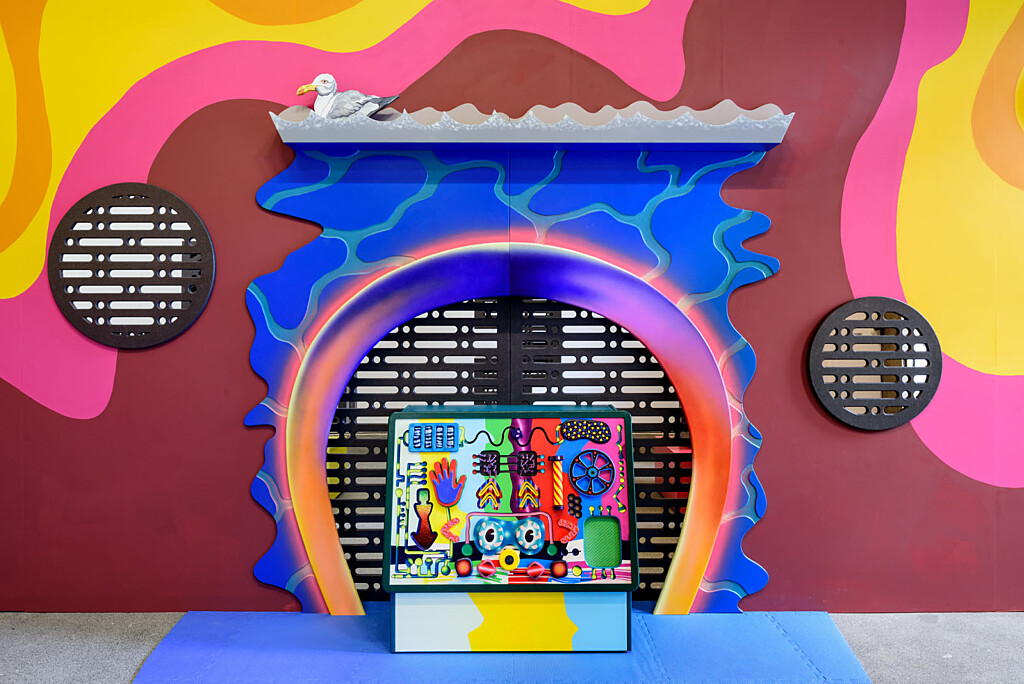Let Your Ideas Come Back As Children is a family-friendly exhibition from Merseyside based artists Roxy Topia and Paddy Gould, created in collaboration with children aged 8-11 from Out of the Blue, the Bluecoat’s after school art club. The exhibition explores the world of work and what the workplace might look like in the future, through the eyes of children.
We caught up with Roxy Topia and Paddy Gould to find out more about their experience of working with the Out of the Blue children to create the exhibition.
What does the title ‘Let Your Ideas Come Back As Children’ mean? Why did you choose this title?
The title came up when we were writing the meditation for the exhibition. Everything has multiple meanings for us but it brings up at least two things. The intergenerational aspect of the show and the fact that in terms of history and also in collaboration you have to respect or even enjoy that ideas have a life of their own.
How does the title of the exhibition relate to the themes that you’re exploring in the exhibition?
We thought a lot about control and influence, the values, thoughts and attitudes we inherit from family or parts of society we come into contact with. And how that affects the ideas we have about the future and progress. Working with children and directly asking them about the future or what they think about things such as work and tech leads you to question where they have got their ideas from. It allows you to think about how they will change as they get older and have more experiences and come into contact with different people. The exhibition is a kind of snapshot of a moment in time of a small group of adults and children that may or may not be representative of a larger group. Through the exhibition we are presenting you with a wealth of ideas and questions in a fun, interactive scenario that has multiple entry points, you choose your own level of engagement. The structure allows you to think about your own ideas, values, experiences, hopes or worries about the present and future. Because the interrelations of creativity, technology and work are changing. Do we want to adapt or do we want to disrupt these changes? Has Art just become a creative industry now? Is that fun or is it the worst thing that’s ever happened? Please ask a child for the answers or if really in doubt hide in the tech cupboard.
Did the themes for the show develop from your work with the children or were you already exploring these themes?
In terms of ideas about intergenerational relationships, this had been explored in an exhibition titled Pause for living in 2021. Across 2 venues we created 2 interrelated shows containing painted sculptures and drawings that suggested a domestic space. These shows thought about domesticity and our relationships with our families and their effects on our tastes and attitudes. All with the contextual backdrop of lockdowns during Covid. It was a space for a viewer to think about their own relationships to these things and ask questions about the values you inherit. As artists are often poorly informed we always have questions.
We were already exploring themes of technological advancement on people’s psyches with Cormac Gould (Paddy’s brother) before being approached by The Bluecoat. This collaborative practice came about from our increasing interest in seeing AI like ChatGPT-4 becoming more widespread in the culture and thinking about the anxieties it was causing artists and other creatives. But also looking at the human desire for this ‘other’ to be involved in creative processes and endeavours. Cormac is a writer, musician, lecturer and D&D Dungeon Master. We had been making unusual painted reliefs and sculptures and asked Cormac, if he wanted to use them as prompts to write creative texts within the genre of Sci Fi. These produced a number of outcomes including an audio piece where the main themes were work, escape, relationships and creativity in technologically dominated futures. We also noticed that in particular, people’s problems with work had become a ubiquitous topic within our circle of friends with varying jobs.
We are interested in thinking about the world we are existing in, and making Art accordingly to reflect upon it. Increasingly it feels like our environments are dominated by data collection, surveillance, content creation and algorithms and it is important for us to think about how that context is affecting creativity and our interactions with each other. Some of these ideas were applied to how we approached the workshops and the exhibition.
How did you first start working with Out of the Blue children? What did this process look like and feel like to you?
Well initially it felt like a cacophonous delirium! LOL! It is important to note that we had never worked with children before and we are not artists that do workshops. We usually have a much more intimate and organic approach to collaboration. And only really work with individuals we ‘click’ with in some way perhaps through interests, humour or particular attitudes as this has always been a rewarding process. We wanted to try to take some of this approach and apply it to working with the children in this particular situation.
We also knew of course that we had to create an art show, and there was a brief we were being asked to fulfil regarding an exhibition. So this all presented quite a challenge. Firstly we actually asked our niece who was 7 years old at the time (like all youngsters she is ageing rapidly) what she was interested in to see what might be a good approach with the Out of the Blue group. She showed us a deranged video on YouTube that had something to do with SpongeBob but we didn’t get it so we asked her again and she told us about Roblox. Roblox is an online gaming platform, run by the Roblox corporation where users can create their own games and share them with each other, helping to also teach coding and other skills in the process.
We didn’t meet the children until February half term, this was when the first workshops took place. We do not see ourselves as educators but we wanted to offer the children a space to experiment and be taken seriously, free them up to think about things through Art. We knew we didn’t want to try and get consensus ideas to represent the group but rather to provoke and gather a lot of different ideas from these particular children in this particular time and place. From February to May in the half terms, we had 5 full days of funded workshops with the children and in-between we were asking Betty, the Children & Families Programme Lead, to do other creative things with the children or ask them certain questions. The outcomes would then be shared with us and also the outcomes of other creative tasks the learning team came up with in relation to the themes that they were doing with the children during term time. For example, Betty was teaching them how the gallery was run, showing it to them as a place of work, getting them to do risk assessments of their current exhibition.
We were mostly interested in finding out who these children were through their personalities, how they responded to things, what they were interested in (fishing videos?) and how they were interacting with technology and culture and what insights they might have to offer struggling adults navigating this landscape. So our sessions involved a range of methods from imagining new scenarios, role play, conversing with them on what they were doing and why, observing how they interacted with each other and us on tasks, showing them other artists or works such as Erwin Wurm sculptures, Andy Warhol doing a Burger King advert, music by Raymond Scott, getting them to do lots of drawing, sculptural exercises, some painting, make videos, and much more all with a good dose of misdirection. And attempting to leave them and ourselves open to thinking about things and asking questions.
We were effectively collecting data by generating lots of ideas and information from the children, prompting creativity, and you could say putting them to work! We then set up a specific dynamic where the artist has to process all that ‘data’ and shape it, contextualise it and make it into an exhibition for those children and a separate audience.
In what ways do you think the exhibition would have been any different if the children had no involvement in it?
This is maybe not really possible to answer as the brief for the show from the Bluecoat meant the children were always going to be involved. Our ideas developed with that in mind. It offered new creative opportunities and foreclosed others. We created a loose structure for how the spaces might be used but it always included the kids as a generative and influential part of that machinery. Then the structure developed as time went on and in relation to the various discoveries and conclusions drawn from the workshops.
The children are integral not just to the process of creating the show but in an audience’s experience of it. There were things which linked up between us and the children, like the ideas of having the exhibition be gamified in some way. So there is a more interactive approach that we haven’t done so much of in recent years. We used to do more performative relational works in the late 2000s, so we drew upon some of these older ideas and experiences when thinking about approaching this exhibition.
What did you gain from working with the children? How has working on this exhibition and with the children affected or influenced your practice?
Working with the children gave us more insights into a demographic we aren’t used to interacting with, and many memories and laughs. The children were a great bunch, varied and surprising and very funny at times. Really willing to engage with everything in some form. A few were particularly inspiring in their enthusiasm, wit and energy.
Our practice continues to be pushed in different directions. We don’t like to place expectations on influence so it feels too early to say! We think it’s important to move around and experiment which is what we have been doing for a long time. Doing the exhibition was very challenging so it did really give us the opportunity to see our work on a scale we haven’t had the chance to experiment with before. We haven’t worked with so many people offering different kinds of support and interest. We really used a lot of skills to create the exhibition, which has cemented how diverse a practice we have. And perhaps it has reawakened some older ideas from our past or at least made us reassess them in a different contemporary context.
What are you working on next?
We are currently working on a series of small painted relief sculptures like the ones that are found in the server room in the exhibition. We are artists that get inspiration from all sorts of things and make lots of different works so we will go in a few directions. We will probably continue to do some further projects with Cormac, it was great to continue to work with him on the Bluecoat show. Potentially we will also work on something with our niece. We never stop, Art and life are very integrated for us. WEIRDCORE FOREVER!
If you want to find out more about our practice you can visit our Website or follow us on Instagram.



